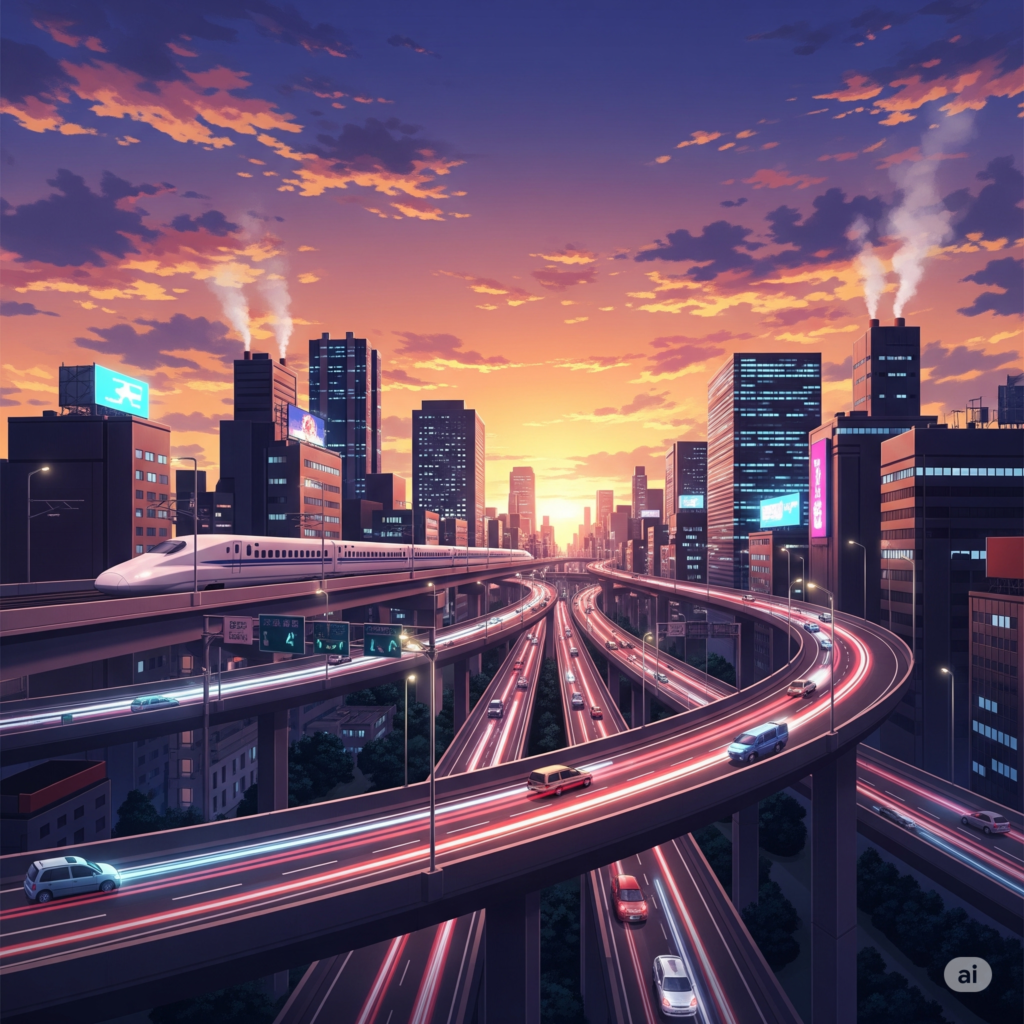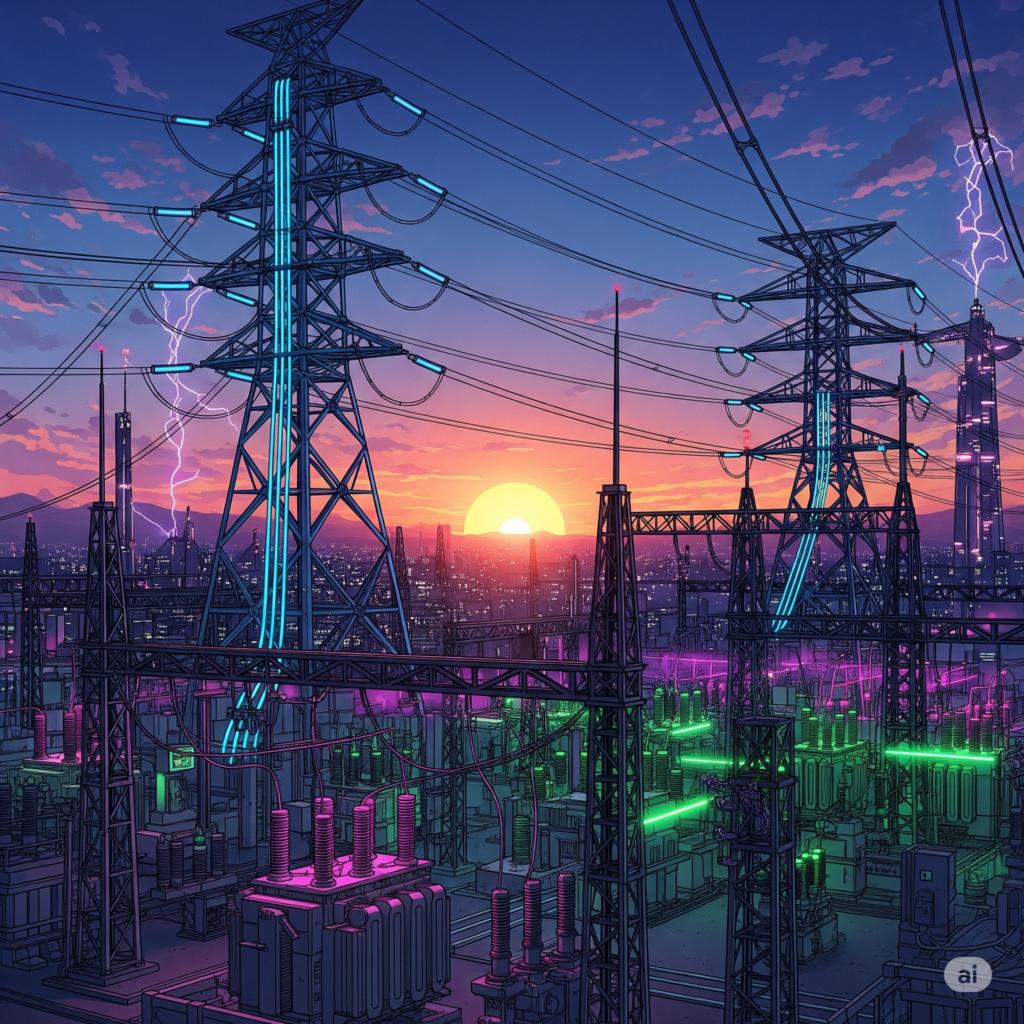Don’t mistake this blog post for financial advice. I am not a registered SEBI advisor. Please consult your financial advisor before applying for any IPO.
Current Infraprojects Limited, established in 2013, is an infrastructure and renewable energy company based in Jaipur, Rajasthan, India. Specializing in Engineering, Procurement, and Construction (EPC) services, the company delivers comprehensive solutions in solar energy, electrical, water, and civil engineering projects. Its flagship offerings include setting up solar power plants, such as an 1800 KW solar plant under the RESCO model at IIT(ISM), Dhanbad, alongside civil works like interior projects and road furniture, all on a fixed-sum turnkey basis. The company’s IPO, a SME IPO, is set to open for subscription in 2025 and close in 2025, with listing on the NSE SME platform.

Products and Services
1. EPC Services for Water Supply Systems
- Description: The company designs, procures materials for, and constructs water supply infrastructure, such as pipelines, treatment plants, and distribution networks.
- Uses: These systems provide clean water for drinking, irrigation, and industrial use, supporting communities, municipalities, and industries.
2. Civil EPC Contracts (Building Construction)
- Description: The company constructs residential, commercial, and institutional buildings and other civil infrastructure.
- Uses: These structures serve as homes, offices, schools, hospitals, and other facilities, contributing to urban and rural development.
3. Renewable Energy Projects (Solar Plants under RESCO Model)
- Description: The company sets up and maintains solar power plants under the Renewable Energy Service Company (RESCO) model, selling the generated electricity to clients.
- Uses: Solar plants provide clean, sustainable electricity for residential, commercial, and industrial users, reducing reliance on fossil fuels and lowering energy costs.
4. Electrical Infrastructure Development
- Description: The company undertakes EPC projects for electrical infrastructure, including power transmission lines, substations, and distribution networks. This involves designing, procuring, and installing electrical systems to support power delivery.
- Uses: These systems ensure reliable electricity supply to homes, businesses, and industries, supporting power distribution, grid connectivity, and energy access in urban and rural areas. They are critical for integrating renewable energy sources (like solar) into the grid and upgrading aging electrical infrastructure.

Producer-to-Consumer Value Chain
The value chain outlines how Current Infraprojects Limited delivers its products/services, including electrical infrastructure, from conception to the end user. Below is a detailed breakdown of the process:
1. Project Identification and Tendering (Producer Initiation)
- What Happens: The company identifies infrastructure project opportunities, primarily from government or public sector entities (e.g., state electricity boards, Power Grid Corporation of India, or municipal authorities). They participate in competitive bidding by submitting tenders detailing their approach, cost, and timeline for projects like electrical substations or transmission lines.
- Key Players: Government bodies, regulatory authorities (e.g., Central Electricity Regulatory Commission), and the company’s business development team.
- Example: Bidding for a contract to build a 220 kV substation for a state electricity board or a water supply pipeline for a municipality.
2. Project Design and Planning (Engineering Phase)
- What Happens: After winning a contract, the company’s engineering team designs the project to meet technical and regulatory standards. For electrical infrastructure, this includes designing transmission lines, substations, or distribution networks. For other projects, it involves blueprints for water systems, buildings, or solar plants.
- Key Players: In-house engineers, electrical consultants, and external design firms (if needed).
- Example: Designing a substation with transformers and switchgear or a water treatment plant with specific filtration technology.
3. Procurement of Materials and Resources
- What Happens: The company procures materials like transformers, conductors, insulators, and switchgear for electrical projects, alongside pipes, cement, or solar panels for other projects. They work with suppliers and subcontractors to ensure quality and cost-effectiveness.
- Key Players: Suppliers, subcontractors, and the company’s procurement team.
- Example: Sourcing high-voltage cables for a transmission line or solar panels for a renewable energy project.
4. Construction and Execution
- What Happens: The company mobilizes labor, machinery, and materials to construct the project. For electrical infrastructure, this involves erecting transmission towers, installing transformers, and laying distribution lines. For other projects, it includes building pipelines, structures, or solar plants.
- Key Players: Construction workers, electrical engineers, project managers, and subcontractors.
- Example: Installing a substation with circuit breakers and control systems or constructing a pipeline network for water supply.
5. Testing and Commissioning
- What Happens: Post-construction, the company tests the infrastructure to ensure it meets specifications. For electrical projects, this includes testing voltage stability, load capacity, and grid connectivity. For other projects, it involves water quality tests or solar power output verification.
- Key Players: Testing engineers, quality assurance teams, and client representatives.
- Example: Conducting load tests on a substation to ensure it can handle power distribution or testing a solar plant’s energy output.
6. Operation and Maintenance (Optional, for RESCO Model or Electrical Contracts)
- What Happens: For solar projects under the RESCO model, the company operates and maintains the plant, supplying electricity via power purchase agreements (PPAs). For electrical infrastructure, they may provide maintenance services for substations or transmission lines as part of the contract.
- Key Players: Maintenance teams, client organizations (e.g., power utilities), and energy buyers.
- Example: Maintaining a substation to ensure uninterrupted power supply or operating a solar plant to deliver electricity to a commercial client.
7. Delivery to Consumer
- What Happens: The completed infrastructure serves end users. Electrical infrastructure delivers reliable electricity to households, businesses, and industries via the grid. Water supply systems provide clean water, civil projects offer usable buildings, and solar plants supply renewable energy.
- Key Players: End users (households, businesses, government facilities), utility providers, or distribution companies.
- Example: A state electricity board distributes power through the company’s substation to residents, or a municipality provides water through a pipeline network.
8. Feedback and Continuous Improvement
- What Happens: The company gathers feedback from clients and monitors project performance to refine future projects. For electrical infrastructure, this may involve improving grid reliability or reducing maintenance costs.
- Key Players: Clients, project managers, and the company’s quality assurance team.
- Example: Upgrading substation designs based on client feedback to enhance efficiency or adjusting water system designs for better durability.
Expected CAGR of the Industry
The Indian infrastructure sector, encompassing water supply, civil construction, renewable energy, and electrical infrastructure, is poised for significant growth due to government initiatives like the National Infrastructure Pipeline (NIP), PM Gati Shakti, and investments in power sector modernization. Based on the document’s references to industry sources (e.g., Invest India) and broader economic trends, the expected CAGR for the infrastructure sector in India is approximately 7.5% over the next 5–7 years (2024–2030). This growth is driven by increased government spending, urbanization, and the need for reliable electrical and renewable energy infrastructure.
Risks associated with the company:
- Debt level is too high.
- Customer concentration. Top most customers contribute a significant chunk of revenue and losing them could impact the business very adversely.
- Heavily involved in government projects. Government is notorious for delayed/no payments.
Final Verdict: Apply. Company has positive cash flow from operation, despite high level of debt and being majorly involved in government contracts. Seems like a well managed company.

Smart bankroll management is key with any online gaming, and platforms like Slotmax seem to emphasize a controlled environment. Analyzing game probabilities is a good habit! Considering the slotmax app casino for a streamlined experience might be worth a look, especially with mobile access. It’s all about responsible play!
Roulette’s randomness is fascinating, but platforms like jljl boss game are changing the game with data-driven insights! Seeing KYC & secure deposits prioritized is smart-it builds trust. Strategic play and security? Count me in!
k73m55
It’s fascinating how easily accessible gaming has become – even for newcomers! Platforms like JLJL88 Link prioritize a smooth experience, from registration to play. Considering responsible gaming is key, and checking out a jljl88 link app download might be a good first step for those interested in exploring options.